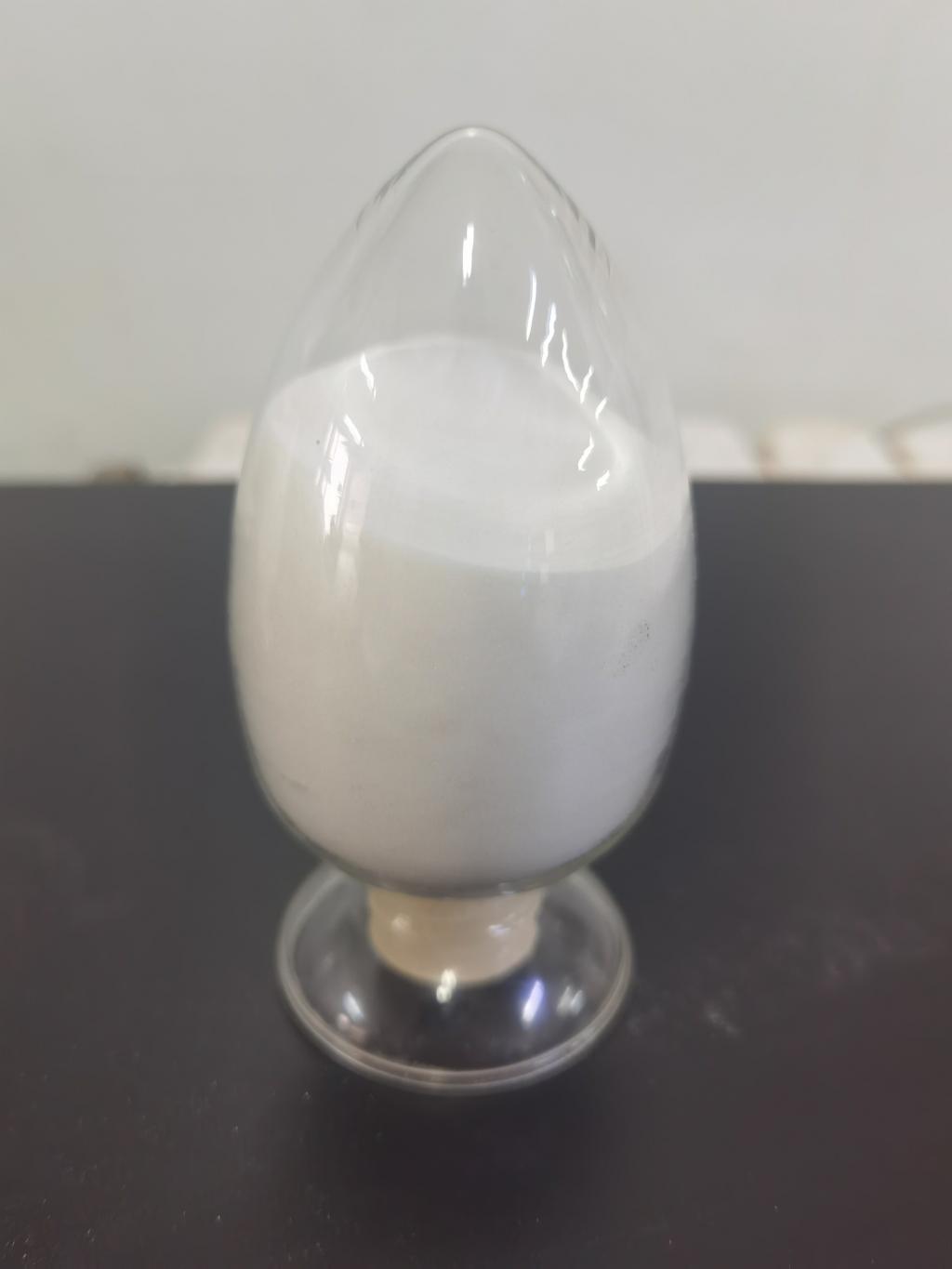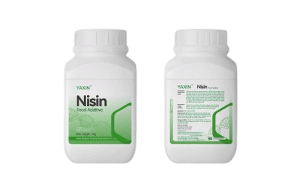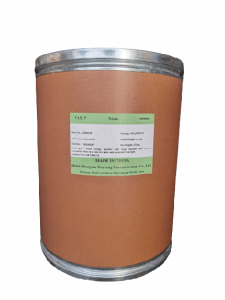Tel:+8618231198596

News
 CONTACT
CONTACT
 CONTACT
CONTACT
- Linkman:Linda Yao
- Tel: +8618231198596
- Email:linda.yao@dcpharma.cn
- Linkman:CHARLES.WANG
- Department:Overseas
- Tel: 0086 0311-85537378 0086 0311-85539701
News
Enhancing the efficacy of ε-Polylysine hydrochloride through nanoencapsulation techniques
TIME:2024-11-05
Understanding Nanoencapsulation
Nanoencapsulation involves enclosing active compounds within nanometer-sized carriers, typically made from biocompatible materials. This technique offers several advantages, including improved stability, controlled release, and enhanced bioavailability. By encapsulating ε-Polylysine, manufacturers can address some of the challenges associated with its use in food applications.
Benefits of Nanoencapsulation for ε-Polylysine Hydrochloride
Improved Stability: ε-Polylysine is susceptible to degradation in varying environmental conditions, including heat, light, and moisture. Nanoencapsulation protects ε-Polylysine from these external factors, prolonging its shelf life and maintaining its antimicrobial effectiveness.
Controlled Release: Nanoencapsulation allows for the controlled release of ε-Polylysine, ensuring a sustained antimicrobial effect over time. This can be particularly beneficial in applications where prolonged efficacy is required, such as in ready-to-eat meals and packaged perishables.
Enhanced Antimicrobial Activity: The nanocarrier can facilitate better interaction between ε-Polylysine and microbial cells, potentially increasing its antimicrobial activity. The small size of nanoparticles can enhance diffusion and penetration into food matrices, ensuring a more effective application.
Compatibility with Food Matrices: Nanoencapsulation can improve the compatibility of ε-Polylysine with various food components. By embedding ε-Polylysine within a protective matrix, it can be integrated into complex food systems without negatively affecting flavor, texture, or appearance.
Targeted Application: Encapsulated ε-Polylysine can be tailored for specific food products, allowing for targeted antimicrobial action. This adaptability makes it suitable for a wide range of applications, from dairy and meat products to plant-based alternatives.
Techniques for Nanoencapsulation
Several methods can be employed for the nanoencapsulation of ε-Polylysine, including:
Spray Drying: This technique involves atomizing a solution of ε-Polylysine and carrier material into a heated chamber, where the solvent evaporates, leaving behind encapsulated particles. Spray drying is a scalable and cost-effective method for producing nanoencapsulated systems.
Coacervation: In this method, the active compound is mixed with a polymer solution to induce phase separation, forming droplets that can be solidified to create nanoparticles. Coacervation allows for precise control over the encapsulation process.
Electrospinning: This technique involves applying a high-voltage electric field to a polymer solution containing ε-Polylysine, creating nanofibers that encapsulate the active agent. Electrospinning can produce highly porous structures that facilitate controlled release.
Nanoprecipitation: By mixing solutions of ε-Polylysine and a polymer, nanoparticles can be formed through solvent exchange or precipitation. This method is advantageous for producing uniform particles with a controlled size distribution.
Applications in Food Preservation
Dairy Products: The incorporation of nanoencapsulated ε-Polylysine in cheese and yogurt can help extend shelf life while preserving taste and texture. Its sustained release can effectively inhibit spoilage organisms, ensuring product safety.
Meat Products: In meat packaging, nanoencapsulated ε-Polylysine can be integrated into packaging materials or applied directly to meat surfaces to reduce microbial contamination and spoilage.
Plant-Based Alternatives: For plant-based dairy alternatives, nanoencapsulation can enhance the stability and effectiveness of ε-Polylysine, improving food safety without compromising the product's quality.
Ready-to-Eat Meals: By incorporating nanoencapsulated ε-Polylysine into ready-to-eat meals, manufacturers can ensure prolonged antimicrobial activity, reducing the risk of foodborne pathogens while maintaining freshness.
Challenges and Considerations
While nanoencapsulation offers promising advantages, several challenges remain:
Regulatory Approval: The use of nanoencapsulated ingredients in food products may require thorough regulatory assessments to ensure safety and compliance with food safety standards.
Consumer Acceptance: Educating consumers about the benefits of nanoencapsulation and ensuring transparency in labeling will be essential for gaining consumer trust and acceptance.
Cost Implications: The development and production of nanoencapsulated ε-Polylysine may involve higher costs compared to traditional preservation methods. Balancing cost with performance will be critical for market viability.
Future Research Directions
Further research is necessary to optimize the nanoencapsulation process for ε-Polylysine, focusing on achieving the ideal particle size, release kinetics, and compatibility with various food products. Additionally, exploring the interactions between encapsulated ε-Polylysine and different food matrices will provide insights into maximizing its effectiveness.
Conclusion
Nanoencapsulation represents a promising strategy for enhancing the efficacy of ε-Polylysine hydrochloride in food preservation. By improving stability, enabling controlled release, and enhancing antimicrobial activity, nanoencapsulation can significantly contribute to food safety and quality. As consumer demand for safer and longer-lasting food products continues to grow, the innovative use of nanoencapsulated ε-Polylysine is poised to play a vital role in the future of food preservation, meeting both industry needs and consumer expectations.
- Tel:+8618231198596
- Whatsapp:18231198596
- Chat With Skype







